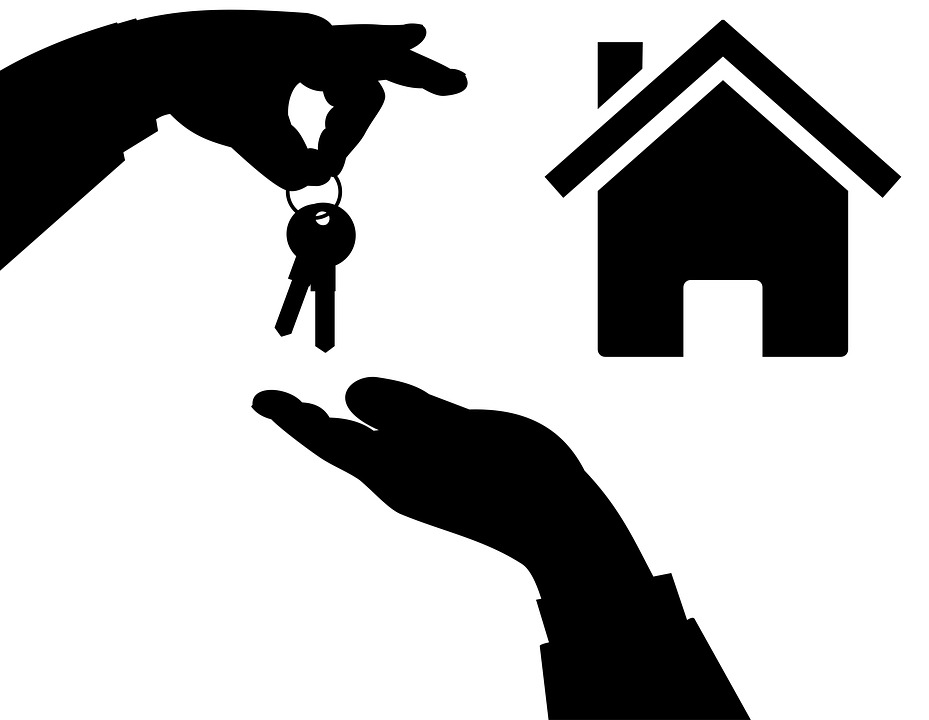A total of 21,026 properties were bought using a Help to Buy equity loan in Q4 2020, up 40% on the same period in 2019, according to the latest Help to Buy statistics.
From 1 April 2013 to 31 December 2020, 313,043 properties were bought with an equity loan.
Looking to the data complied by Ministry of Housing, Communities & Local Government, the total value of these equity loans so far is £18.9bn.
The value of the properties sold under the scheme totals £86bn.
Additionally, 82% of all completions were by first-time buyers.
Craig Hall said: “Today’s Help to Buy statistics show that the government scheme continued to provide a useful route into homeownership for many in the final months of 2020.
To find out more about how we can assist you with your Mortgage requirements, please click here to get in touch
“Since its launch, the initiative has helped thousands to achieve homeownership, but government has been clear that it cannot last forever, and it will eventually stop in 2023.
“The housebuilders and financial services industry are currently working on private alternative schemes in the wake of Help to Buy, we are currently awaiting full details on how these will work.
“Fortunately, there are several other options for those wanting to step onto the ladder, including Shared Ownership, which enables buyers to step onto the ladder more easily by first buying a portion of the value of a property, before purchasing it outright.
“The government’s First Home scheme is also expected to launch later this year and will support those buying in their local area by providing a 30% discount on the value of certain new-build homes.
“Of course, while initiatives like Help to Buy and Shared Ownership have helped many people to buy, they do not tackle the issue of housing undersupply in the UK.
“Record levels of demand for homes have driven house prices up steadily and government will need a plan to control further increases.
“This will be vital to ensure that homeownership remains an affordable reality for future generations.
Read about the UK Housing Market via our Specialist Residential & Buy to Let Division
“Just this week, government announced its intention for a new planning bill aimed at boosting housing supply, but more may be needed to ensure the UK hits its target to build 300,000 new homes each year.”
Lisa Martin added: “The Help to Buy scheme continues to be a vital resource for aspiring homebuyers in need of extra financial support.
“For first-time buyers in particular, a cohort that has been disproportionately impacted by the COVID-19 pandemic, Help to Buy has been a lifeline, and the demand we are seeing from this community is likely to continue ahead of the scheme’s closure in 2023.
“Promisingly, support for could-be homeowners remains a priority for the government. In addition to Help to Buy, the 95% mortgage guarantee scheme should also go some way towards supporting homebuyers with their property purchases.
“Moreover, this week’s Queen’s Speech further reaffirmed the government’s focus on tackling some of the issues felt by aspiring homeowners.
“In particular, the plans to modernise the current planning system to enable more homes to be built was an encouraging step.
“However, as part of this, I hope to see a strong focus placed on building properties suitable for first-time buyers, to ensure that there’s an adequate supply of homes available to this demographic.
“In the meantime, advisers with clients who stand to benefit from either Help to Buy or the newly launched guarantee scheme will be paramount in highlighting the options available to these borrowers.
“Guiding clients to a solution that suits their specific needs over the long-term should drive advisers’ thinking over the coming months – whether this be in the form of government support or something else.”
By Jake Carter
Source: Mortgage Introducer
Discover our Mortgage Broker services.



